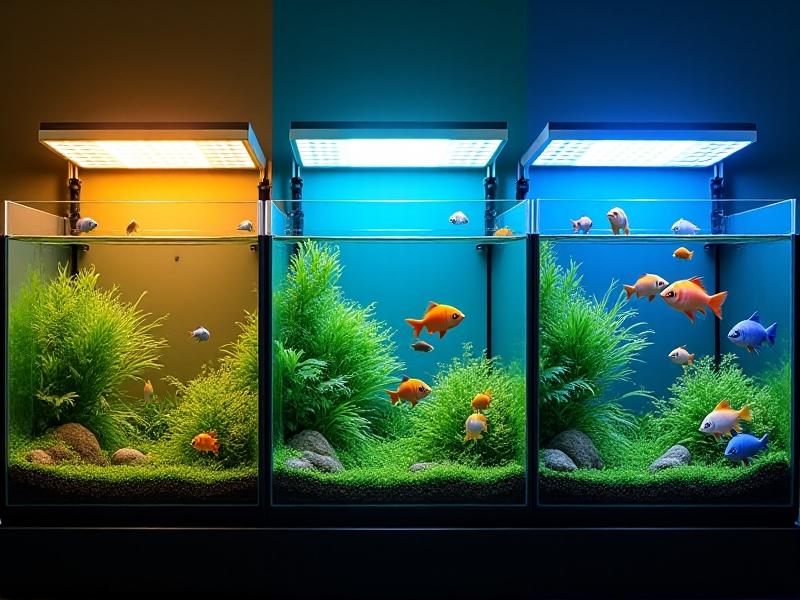Closed-Loop Recycling Programs for Old Dog Toys and Gear
The Growing Need for Sustainable Pet Products
As pet ownership continues to rise globally, so does the demand for pet products, including toys, leashes, and gear. However, this surge in consumption has led to a significant environmental challenge: waste. Traditional pet products often end up in landfills, contributing to pollution and resource depletion. This has sparked a growing interest in sustainable alternatives, particularly closed-loop recycling programs. These initiatives aim to create a circular economy where old dog toys and gear are collected, processed, and transformed into new products, reducing waste and conserving resources.

What is Closed-Loop Recycling?
Closed-loop recycling is a system where products are designed, used, and then returned to the manufacturer to be recycled into new products. Unlike traditional recycling, which often downgrades materials, closed-loop recycling aims to maintain the quality and integrity of the original materials. For dog toys and gear, this means collecting worn-out items, breaking them down, and using the reclaimed materials to create new, high-quality products. This approach not only reduces waste but also minimizes the need for virgin materials, making it a more sustainable option for pet owners.

Benefits of Closed-Loop Recycling for Pet Owners
Closed-loop recycling offers numerous benefits for pet owners. Firstly, it provides a guilt-free way to dispose of old dog toys and gear, knowing they will be repurposed rather than ending up in a landfill. Secondly, it encourages the purchase of sustainable products, which are often made from safer, non-toxic materials. Additionally, participating in these programs can lead to cost savings, as some companies offer discounts or incentives for returning old items. Finally, it fosters a sense of environmental responsibility, allowing pet owners to contribute to a healthier planet for future generations.

Challenges in Implementing Closed-Loop Recycling Programs
While closed-loop recycling is a promising solution, it is not without its challenges. One major obstacle is the collection process, which requires pet owners to return their old items to the manufacturer. This can be inconvenient and may require additional effort. Another challenge is the cost of setting up and maintaining the recycling infrastructure, which can be prohibitive for smaller companies. Additionally, not all materials used in dog toys and gear are easily recyclable, limiting the scope of these programs. Overcoming these challenges requires innovation, collaboration, and a commitment to sustainability from both manufacturers and consumers.
Innovative Companies Leading the Way
Several forward-thinking companies are pioneering closed-loop recycling programs for dog toys and gear. For example, some brands have developed take-back programs where customers can return used items in exchange for discounts on new purchases. Others are experimenting with biodegradable materials or designing products that are easier to disassemble and recycle. These companies are not only reducing their environmental footprint but also setting a standard for the industry. By supporting these innovators, pet owners can help drive the adoption of sustainable practices across the pet product market.
How Pet Owners Can Participate
Pet owners play a crucial role in the success of closed-loop recycling programs. The first step is to research and support brands that offer recycling initiatives. When purchasing new dog toys and gear, look for products made from recycled or sustainable materials. Once an item reaches the end of its life, return it to the manufacturer through their take-back program. Additionally, spread awareness about the importance of recycling among fellow pet owners. By making informed choices and taking proactive steps, pet owners can make a significant impact on reducing waste and promoting sustainability.
The Future of Closed-Loop Recycling in the Pet Industry
The future of closed-loop recycling in the pet industry looks promising, but it will require continued effort and innovation. As consumer demand for sustainable products grows, more companies are likely to adopt recycling programs. Advances in material science could also lead to the development of new, more recyclable materials for dog toys and gear. Additionally, government policies and incentives could play a role in encouraging the adoption of closed-loop recycling. By working together, manufacturers, consumers, and policymakers can create a more sustainable future for the pet industry and the planet.








